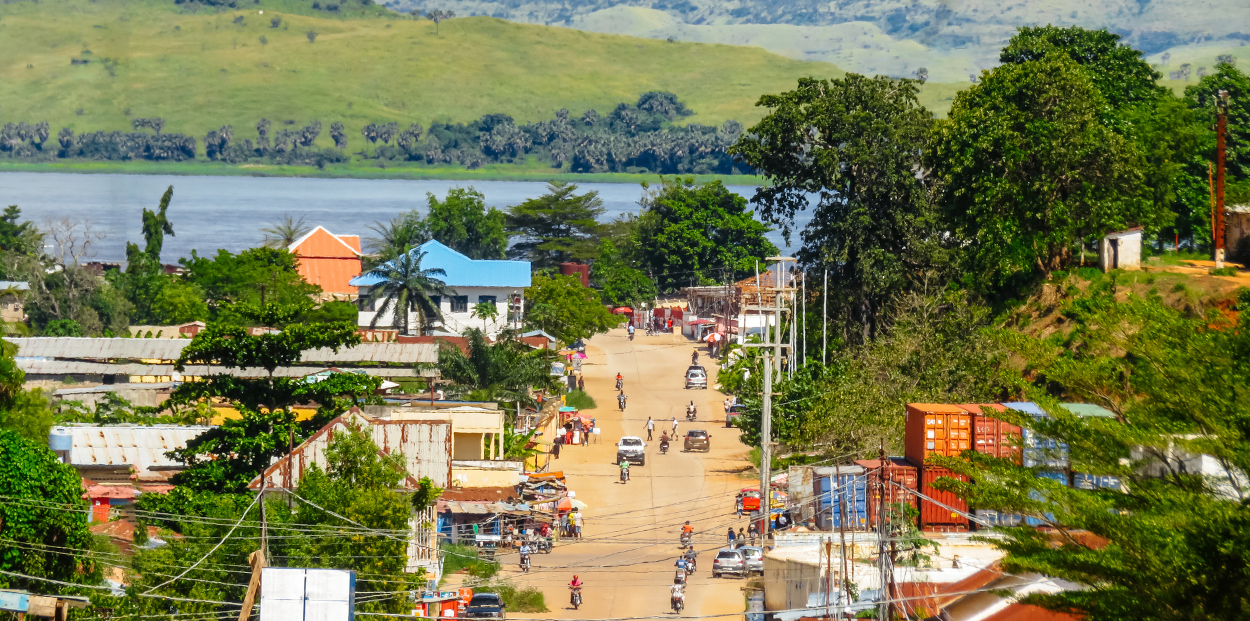Democratic Republic of Congo: Rwanda-backed rebel group seizes more territory in eastern Congo

Event
The Rwanda-backed M23 rebels captured East-Kivu’s capital Goma on 26 January and took control over key mining sites in North and South Kivu. M23 has Goma under full control after Congolese soldiers, militiamen, members of MONUSCO (a UN peacekeeping mission) and foreign mercenaries in support of the Congolese government fled. Despite the short-lived announcement of a humanitarian ceasefire, M23 fighters started their advance towards Bukavu, the South Kivu capital. A crisis with origins that go back decades has escalated and is likely to further destabilise the DRC and possibly result in a wider regional conflict.
Impact
After years of piling evidence and reports, it is clear that M23 rebels are being armed, supplied and directed by Rwanda. Moreover, thousands of Rwandan troops have crossed into the DRC to support M23 in its offensive to capture a large area of Congolese territory. Many observers identify Rwanda’s lust for Congolese precious minerals as the major factor behind the escalation. However, diplomatic and economic tensions between Kinshasa and Kigali over military strategy, infrastructure and mining projects have been growing ever since President Tshisekedi took office in 2019. Besides, M23 is a recent successor to a series of earlier Congolese Tutsi-led and Rwanda-backed rebellions that formed in the mid 1990s to protect Congolese Tutsi against ethnically targeted violence. Regardless of the most viable motives, this all adds up to Congo’s failing struggle to pacify the eastern regions and is leading to dreadful turmoil and conflicts that have driven about 8 million people from their homes – about 400,000 in the past month.
M23 was formed in 2012 following a mutiny of Tutsi officers from the Congolese army who then seized Goma for the first time. This led to swift international pressure to pull back rebels and a significant UN peacekeeping force was installed in the region. In 2021, M23 re-emerged and steadily started to gain ground in the North Kivu province. Diplomatic talks between President Tshisekedi and President Kagame, led by Angola and backed by the USA, failed in December 2024. Not much later, the advance on Goma started and the rebels were confronted with a weakened UN presence and limited international diplomatic pressure. While former US President Biden managed to keep Presidents Kagame and Tshisekedi in check, it is unclear if and how the USA will step up diplomatic efforts under President Trump. Rwanda is heavily aid-dependent and donor countries therefore have leverage to raise pressure and fence off the country’s seizure of territory, which is a breach of borders and could lead to more violence and chaos in the entire Great Lakes region and beyond.
In the short term, it is expected for M23 to administer Goma with Rwandan support. Meanwhile, the rebel group has started its advance towards South Kivu to take over the regional capital Bukavu, which might indicate its ambition to capture larger parts of territory. Which possible scenarios could follow? First, if M23 refuses to withdraw or seizes more Congolese territory, the situation could escalate into a regional war involving Rwanda and Uganda and possibly Burundi and South Africa continuing to provide support to the Congolese army, could also become caught up in the conflict. A second scenario would be a status quo with M23 withdrawing from Goma but maintaining control over key mining sites. This would lead to prolonged, localised fighting within the DRC and ongoing instability. A third scenario sees a negotiated peace agreement between Rwanda and the DRC under international pressure. This would stabilise the region, but is less likely to happen under current circumstances.
The Congolese government’s inability to protect its territory has led to great outrage in Kinshasa. This was manifested by attacks on embassies of countries perceived to be supportive of Rwanda. The loss of a strategic trade hub such as Goma contributes to domestic political instability as critics raise questions over President Tshisekedi’s leadership. Credendo classifies the DRC in short-term political risk category 6/7 and in category 7/7 for medium- to long-term political risk.
Analyst: Louise Van Cauwenbergh – l.vancauwenbergh@credendo.com